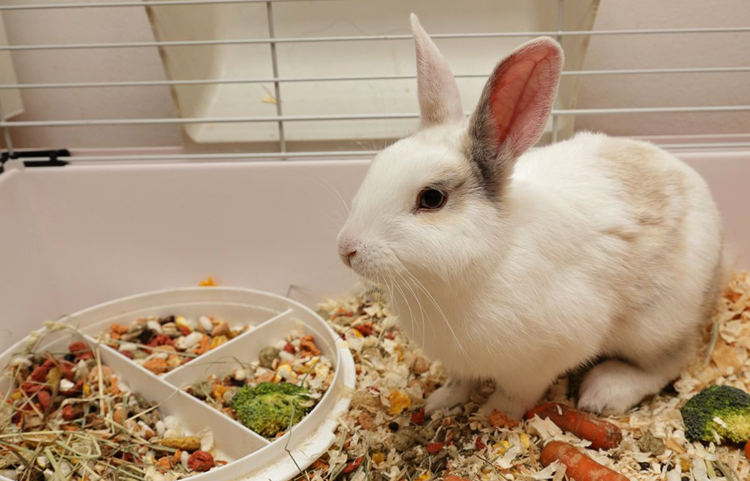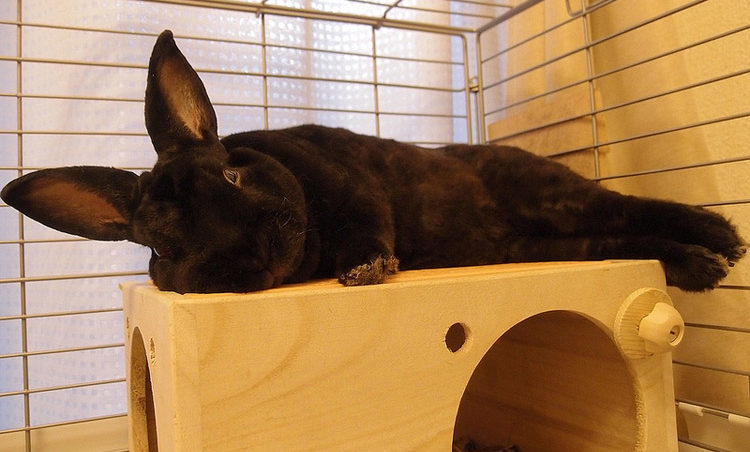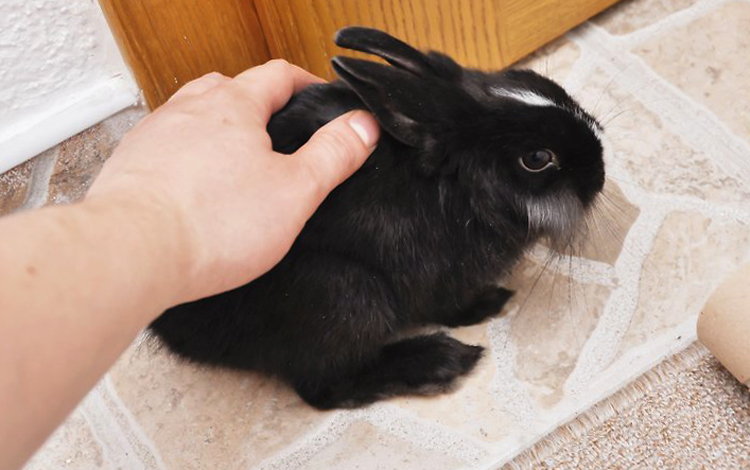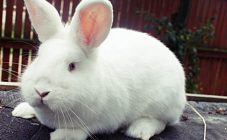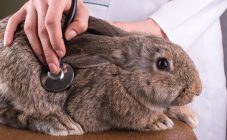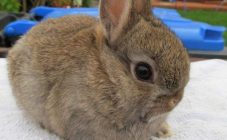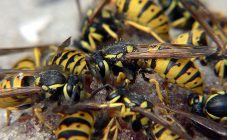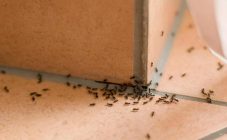Content:
The home decorative rabbit was bred specifically for living in human housing. He has a rather peaceful character and, when properly treated, is completely harmless. The quality of care completely determines how long the rabbit will live and how the rabbit will behave at home. Even the presence of diseases in an animal depends entirely on this factor. With proper care, domestic rabbits can bring joy and happiness to the family for many years.
Is it possible to keep a rabbit at home
Those varieties that are specially grown for meat can be aggressive towards humans, while decorative ones have a peaceful character and quickly get used to their hands.
The main obstacles to keeping rabbits
First of all, you need to understand that a decorative rabbit at home requires care. Regardless of the breed, the rabbit loves freedom. Without periodic walking, he will be depressed and even the largest cage cannot replace his free movement. It is necessary to think in advance whether it will be possible to periodically release the animal into the wild - then it will be maximally disposed to people. The walking area should be isolated from any items that might be chewed. Wires, wooden legs of furniture, shoes, floor carpets - these and many other items can become "prey" for the eared.
What you need to keep a rabbit in the house
To keep a decorative rabbit at home, you need to stock up on inventory, which includes: a cage, a feeder, a rabbit house, toys and filler.
Cell
It should be spacious enough. An adult rabbit is quite large and loves freedom. Most use models with a pallet, in which there is no grate. They allow you to keep the litter in its entirety, providing sufficient comfort for your rabbit. The only negative is that when using such models, much more replaceable filler is consumed.
Trough
Those options for feeding are good, which have a relatively large weight and volume - it will be difficult for the animal to turn them over. A separate feeder is purchased for hay. A teat cup is best suited for water supply, it will keep the liquid clean.
Rabbit house
It is included in the list of optional items, but purchased in most cases. The house can partially compensate for the lack of natural habitat, especially for females who already have or will have offspring.
Toys
If they are not there, the animal will play with everything in the cage. In this case, it will not even last a year.
Filler
Natural need for keeping many animals clean. In the case of a rabbit, large wood shavings are the best option.
Rabbit in the apartment: pros and cons
Note! The content of a decorative rabbit has its positive and negative sides.
Minuses:
- it cannot be left unattended for a long time;
- he has a moody character;
- has a specific smell;
- the cage should be large;
- often this animal becomes the cause of children's allergies;
- often sheds (once every 3 months).
Positive sides:
- long life expectancy - from 10 to 15 years;
- very clean, does not require frequent washing;
- quickly learns to use the tray;
- has a peaceful character and quickly gets used to hands;
- food for him is relatively inexpensive.
How to train a rabbit
First of all, you need to take care of the development of a peaceful character in a pet. To do this, you need to periodically release him and show an affectionate attitude. It is also very important that the animal feels comfortable in the home. Before you train a rabbit at home, you need to make sure that all these recommendations are followed and the rabbit is not afraid of people.
At the beginning of classes, the pet should be a little hungry. In the process of training, in no case should you speak in a raised tone and hurt your pet. Even a light slap can offend a capricious creature.
Usually, at the beginning of training, the rabbit is trained to use the tray. It is necessary to observe where the pet relieves and put a prepared tray there. Used bedding should be replaced every day early in the morning so that the animal can smell where it needs to relieve itself. You can put your baby in a potty, neatly and unobtrusively, pronouncing a voice command ("to the potty") in a pleasant, gentle tone. After a few days, the pet will relieve itself in the tray without assistance, after which you can start other exercises.
The main thing in the training process is to observe several important principles:
- The beginning of the practiced action must be confirmed by feeding in order to interest the rabbit;
- The trick itself must be divided into several stages, at each of them it is necessary to feed the animal;
- During the exercise for the first time, you need to very carefully adjust the position of the eared with your hands. The next step is to let the rabbit repeat the action unaided, providing food for each step successfully. It is recommended to plan in advance how much feed will be spent in the classroom.
Breeding decorative rabbits at home
Domestic rabbits, like their wild counterparts, can breed up to 8 times a year. High fertility is due to the large number of predators in their natural habitat. The minimum age suitable for breeding in small breeds of rabbits is 6-7 months, and in larger individuals it is several months older.
The location of the cage should be protected from unwanted influences in the form of loud noises and outside interference.
Keeping a decorative rabbit can bring a lot of pleasure to the owner if he takes care and affection towards the animal. Before you go to the pet store, it is recommended to learn as much as possible about this type of animal in order to determine exactly whether it will always be desirable and interesting, or it is better to choose another animal that is easier to care for.
